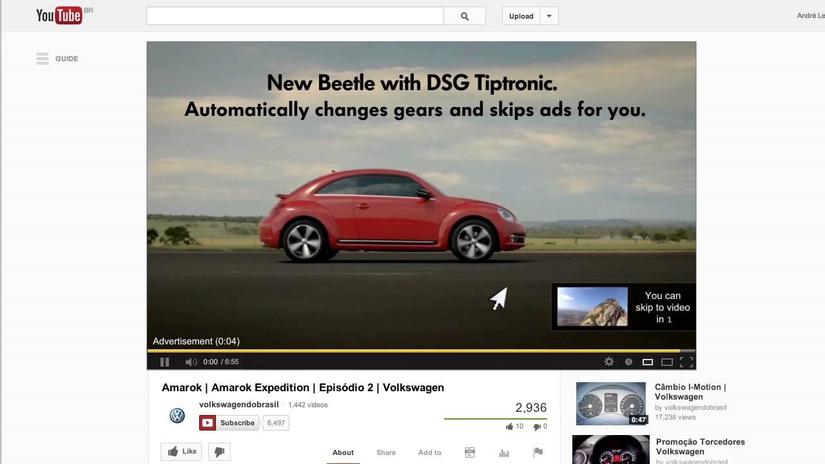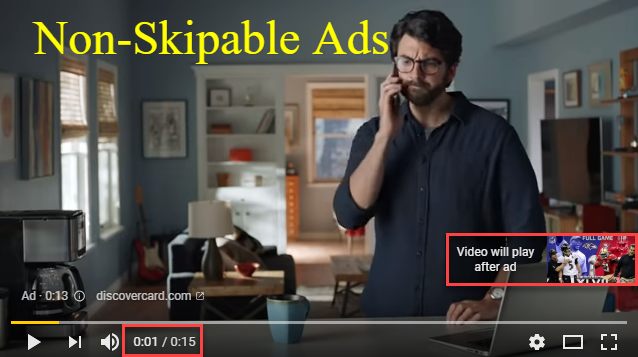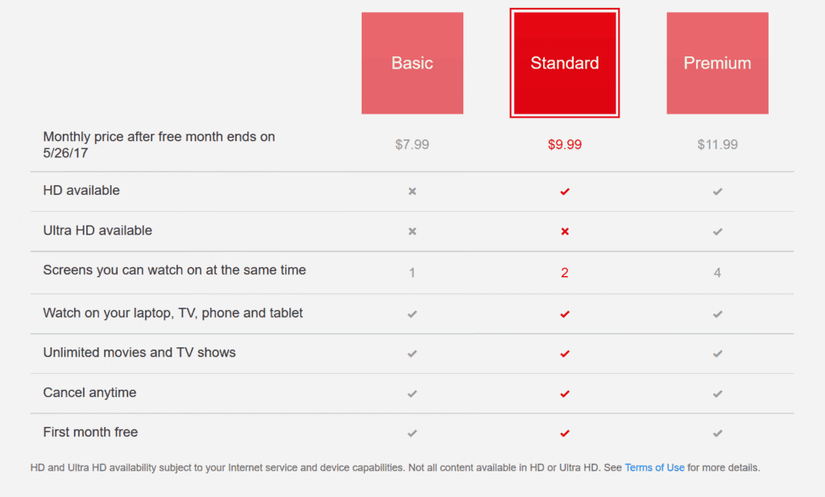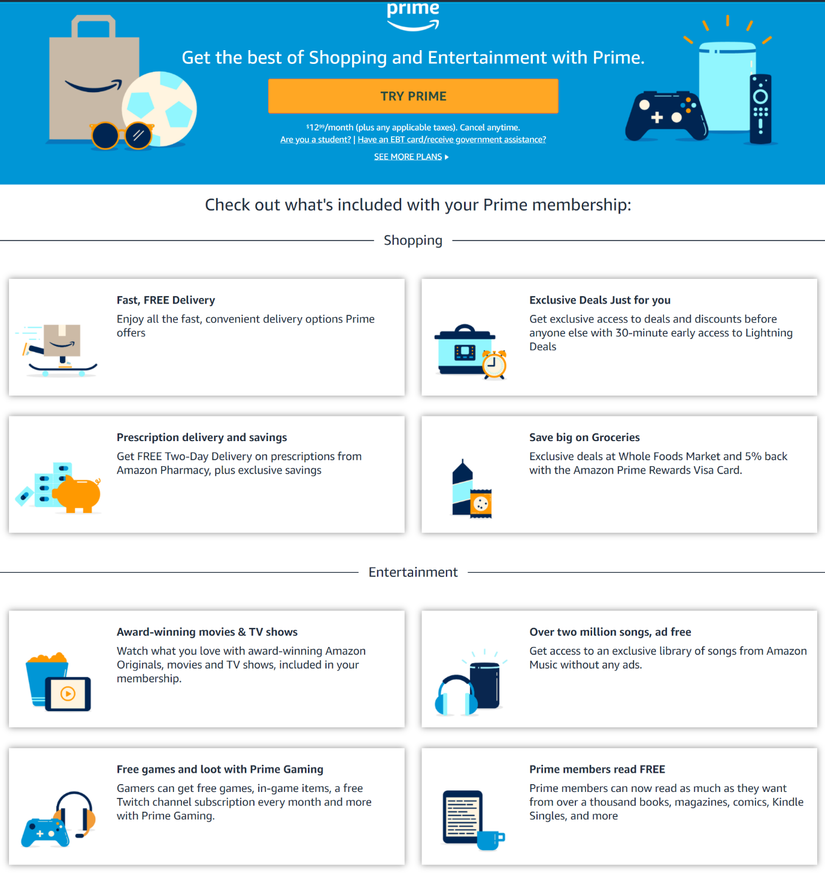OTT, commonly called online streaming, has turned around the world of videos on its lucrative side. millions of hours of internet videos are being watched every day online. Millions of people are streaming music of audio streaming apps like Spotify, iTunes, Amazon Music, etc., every hour.
OTT streaming, which has been predicted to touch the $1,039.03 billion mark by 2027, has come out as a new normal in the world of videos. More and more people are switching to OTT streaming and doing away from traditional cable TVs. In fact, almost every TV channel these days is offering its audience an OTT alternative to stream the same content via the internet, both via live streaming and on-demand videos. As a result, not just millennials but also Gen Z is ditching cable TV for OTT content. Only 33% of Gen Z today watch cable TV, and this number is only decreasing over time.
In short, OTT streaming businesses are breaking all the stereotypes. Be audio or video, OTT streaming is taking over the traditional markets by storm. If you have been wondering how to start an OTT business, let me tell you investing in this sector could be the most lucrative undertaking.
How OTT streaming platforms make money?
Netflix charges a monthly subscription fee. They make money directly from their audience. It's pretty straightforward, but there are tons of OTT streaming platforms like Netflix on the internet today. Not all of them charge subscription fees, so how do these platforms make money?
This post will look into the ins-and-outs of major revenue models of the OTT businesses. We will compare these models and develop an understanding of the ones that could be suitable for your business idea. Because, not all platforms rely on subscription fees, and yet they thrive. We will understand what enables them to do so.
Major OTT Revenue Models in 2021
These revenue models are used by OTT platforms of all kinds, including video-on-demand platforms like Netflix, sports streaming platforms like ESPN, and audio streaming platforms like Spotify. Please also note that two platforms working under the same market segment may use two different revenue channels. For example, Spotify and Amazon Prime Music work under the same segment (audio streaming), but they follow different revenue streams. We will talk about it in the subsequent parts of the post. Let's understand. Advertisement Video on Demand Revenue model (AVOD)
The name talks for itself. This model relies on showing ads to the users to generate revenue for the business. The biggest example of this model is used by YouTube. The platform allows its users to stream its content free of cost. However, it charges the advertisers to show their ads to its users.
The AVOD model may use N numbers of Ad-formats to maximize the engagements and revenue from the Ads. For instance, you see the following types of Ads on YouTube’s free-to-use platform:
• Pre-roll Video Ads

It shows as soon as you click or tap to play a YouTube video. The Video Ad(s) play before you can watch the intended video. Now, depending on the platform, these Ads could be skippable or non-skippable.
• Post-roll Video Ads

These are the same kind of Ads that we see in pre-roll video ads, except they play after you have watched an intended video.
• Mid-roll Video Ads
Again, these are similar to the above two types of ads, except they are shown in between while you are watching an intended video.
• Display Ads
Not all, but some OTT platforms use display ads in addition to video ads. These are traditional banner ads that we see on different regions of a website. Depending on the platform such ads may include images, Gifs, and even videos.
Pros of AVOD
• Engagement-friendly monetization strategy as it allows you to offer content free of cost. • More power to the content creators, as Ad revenue usually covers the cost of hosting and streaming. • More businesses are relying on video ads for better reach these days. It will allow you to increase your revenue over time.
Cons of AVOD
• Impacts the user experience. A majority of users do not like to see ads. • Demands massive traffic to generate some significant Ad-revenue from the advertisers. • Demands a massive repository of content to attract a large number of users who would see the ads.
When should you use AVOD?
AVOD model is great for offering generic videos such as tutorials, small clips; most of the content that we see on YouTube. Having said that, you can use this model to the fullest if you are building a C2C video-sharing site like YouTube. Since you are not responsible for content production, you need not spend on content licensing. Also, this would solve the problem of massive content repositories and traffic requirements.
Some premium content platforms also use this model, but their primary revenue is not through internet Ads. For example, The CW app offers free OTT streaming and also shows Ads, but their primary revenue channel is something else. The CW app and website act as extensions of their primary platform, i.e. their traditional TV channels.
So, you may use AVOD in two major cases:
- When you have a massive user base to monetize along with no shortage of content.
- When you are not dependent on ads as a primary source of revenue.
Subscription Video on Demand Revenue model (SVOD)
SVOD is one of the most successful OTT revenue models in the market today. Netflix being the prime example, other names like Hulu, Disney+, Amazon Prime, HBO Max, etc. too boast of the success this model has offered. It’s a straightforward model. Charge subscription fee from the users for letting them access your content.
Taking some cue from the successful examples, you can offer different subscription packages to attract all kinds of users. Take a look at the subscription packages and attached benefits that Netflix offers:

You can see that Netflix offers three different plans with three different levels of benefits. It is a classic example of how one can map multiple subscription plans to maximize revenue but also keep all types of users happy.
Pros of SVOD
• One of the most popular models among the consumers.
• More users are willing to pay an extra premium to avoid Ads.
• Potential to generate the highest revenue out of all models.
Cons of SVOD
• It’s a highly competitive market. Keeping the subscription fee low may take a toll on your bottom line. • It’s not easy to offer affordable subscription plans after paying hefty money to quality content distributors. • You may need to offer the same plans at different costs in different regions depending on the local purchasing power.
When should you use SVOD?
If you have some exclusive quality content in your repository, the SVOD model is perfect for you. Avoid the SVOD model if you are offering generic, non-exclusive content. Besides, you will also need the best security and encryption technologies in your VOD software to prevent piracy. For example, you can use the SVOD model for selling subscriptions to online fitness classes, exclusive original shows and films, and eLearning content, etc.
SVOD model can also be used in conjunction with other offerings. For example, a single Amazon Prime subscription provides access to not only premium video streaming service from Amazon but also to ad-free music streaming via Prime Music, super-fast orders delivery on its marketplace platform, and more:

Transactional Video on Demand Revenue model (TVOD)
TVOD model is known with many other names: pay-per-view, pay-as-you-view, pay-as-you-go. All these names denote one thing –users need to pay only for the content they want to access. Depending on the platform, this model can also be used in variations such as pay-per-download. For example, a user may be allowed to download a video by paying an extra amount. Rentals are also an adaptation of this very model, where users pay to watch or download content for a certain period.
Pros of TVOD
It's a highly lucrative model for selling content that goes obsolete or less popular after a certain period. For example, people will love to pay to watch a new movie release or a music concert event. This model is not as popular as the above two models. However, it's a great way to monetize sports live streams, new movie releases, and other limited period content such as stand-up comedy, live music concerts, etc. It can also be used for selling digital tickets for live events.
Cons of TVOD
SVOD model’s popularity has overshadowed TVOD content. With SVOD plans getting affordable, the number of consumers who would pay for individual content is getting smaller day-by-day. When should you use TVOD?
TVOD models work best if consumers already have confidence in the content you are selling. For example, selling live fitness training, live Yoga classes. It’s also good for selling exclusive content. Yet another way to use the TVOD model is by combining it with other models, which we will see in the next section.
Hybrid Video on Demand Revenue model (HVOD)
A hybrid model is nothing but a combination of more than one OTT revenue models. There isn’t any specific combination to make a hybrid. You can combine any two or more models to prepare a unique hybrid of channels.
For instance, you can create a freemium model by allowing your users to access ad-based content free of cost and asking for a premium subscription to remove the ads. For example, YouTube with YouTube Premium, and Spotify with Spotify Free and Premium versions.
Yet another example is SVOD+TVOD, where you can offer some content in a subscription plan, but ask for an extra premium to let them view an exclusive content. For example, Amazon Prime Video US.
Pros of HVOD
• It is the most flexible model of all. • Allows you to experiment with different revenue ideas. • If your VOD software allows, you can shift to other models on the go. • Allows you to experiment with different types of content for all types of users.
Cons of HVOD
No cons, as you can always switch between the models. However, the only hurdle is you need to invest in the development of features to support all three models.
When should you use HVOD?
Although the hybrid model allows you to leverage the benefits from all the models, you must choose your combination carefully. Analyze the exclusivity of your content to choose your model. For example, not every user hates ads. If you offer even ad-based access to exclusive content, people might not go for your ad-free SVOD plans. If you are not careful enough, one of your revenue channels will simply counter other channels you might be using alongside.
So, analyze your content, competitors, and users’ purchasing power before making a decision.